When someone starts to knit their first pair of toe-up socks the most commonly asked question is when to start making the heel or gusset increases. Well, the answer heavily depends on the type of heel you’re going to make as well as the yarn you are using.
First of all, you need to know how many rows does your gusset increases and heel take. That number depends on the heel pattern and your stitch count so there is no simple formula for this calculation. The second number you need for this calculation is your row gauge which means the number of rows you have per 4” or 10cm. With the help of these numbers you get how many inches or centimeters before the desired length you need to begin your heel.
Because there is no single answer many tutorials advise you to knit and try and then rip back if the sock does not fit. I think that is not a very fun way of knitting socks which is why I made calculators that will do all the math for you! On knitgrammer.com you’ll find three different patterns for toe-up socks which give you the pattern for the heel and exactly how to place the heel. All you need to know is the stitch count for your sock and your row gauge.
Patterns and placement calculators for different heel types
1. German short row heel

Short row heel also known as hourglass heel is the one used in most commercial socks. It is symmetrical and you make it exactly the same way regardless if you knit your sock from the toe up or cuff down.
2. Flap and gusset heel
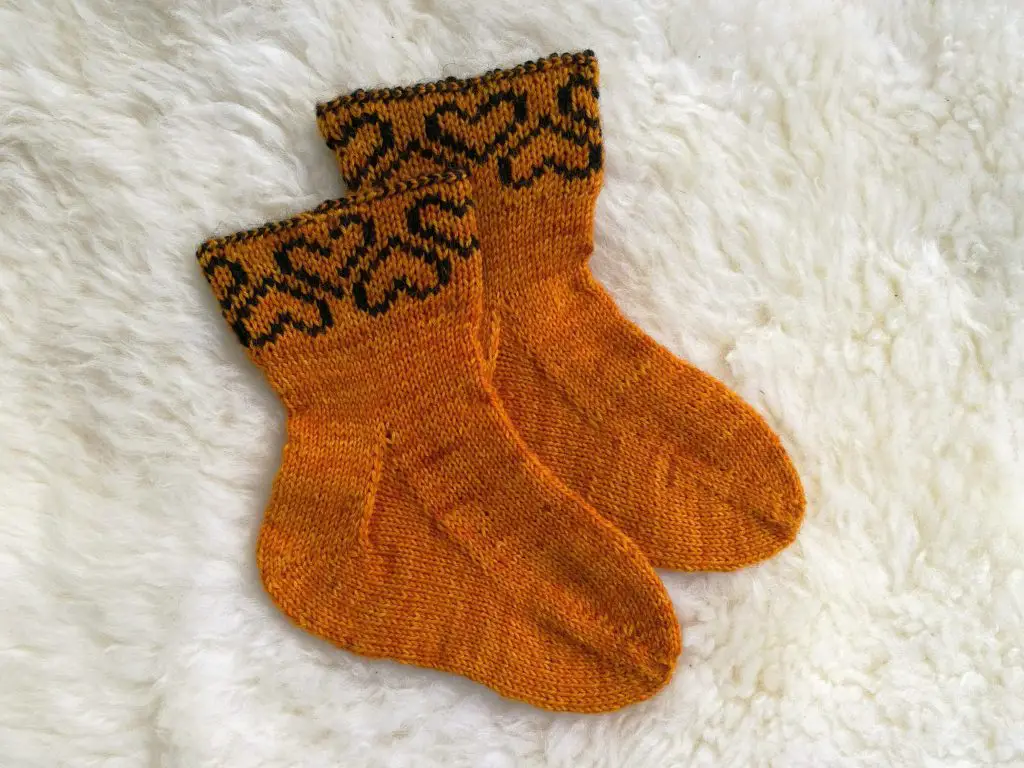
This heel should fit you well even if you have a high arch. This pattern requires no picking up of stitches.
3. Afterthought heel
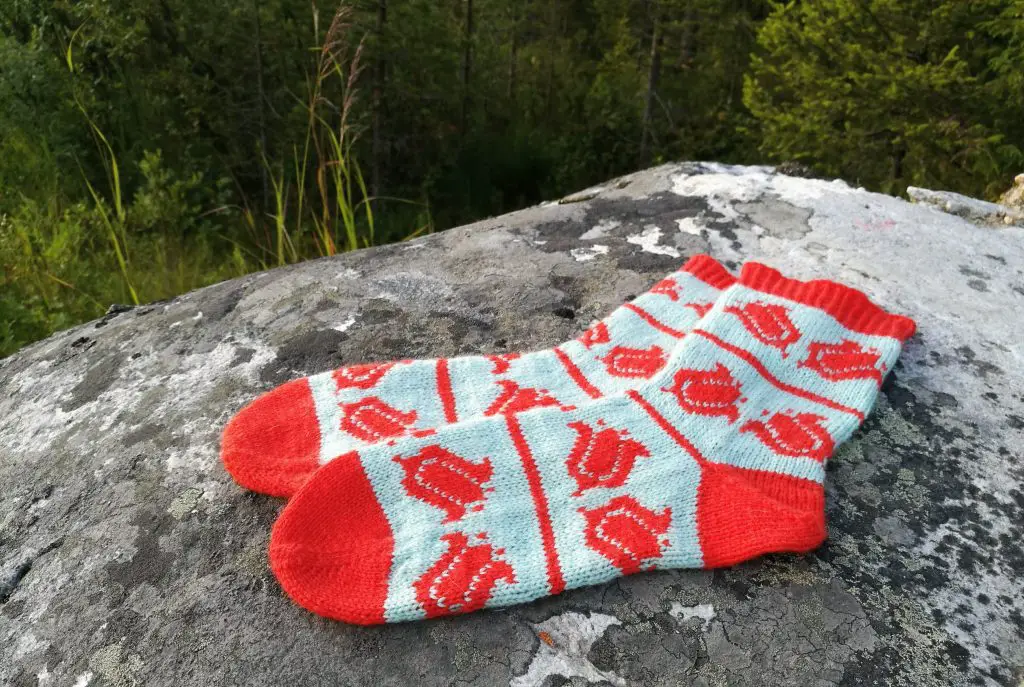
The afterthought heel is the ideal heel type for colorwork socks or socks knitted with self-striping yarn. It can be used also for the perfectly symmetric contrasting color heel. Similarly to the short row heel, you make it exactly the same way regardless if you start your sock from toe or cuff.



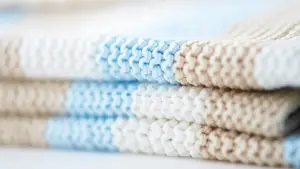
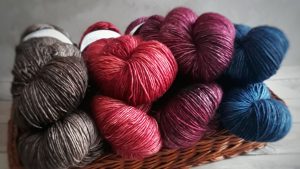
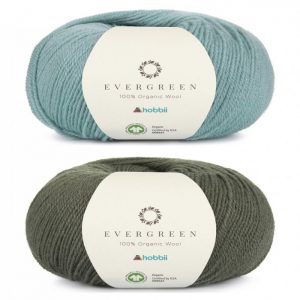

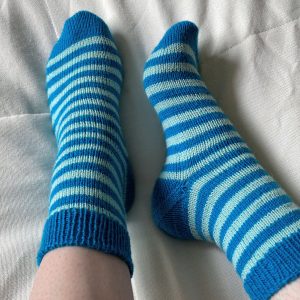
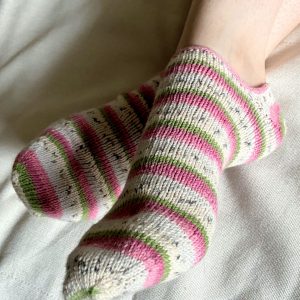
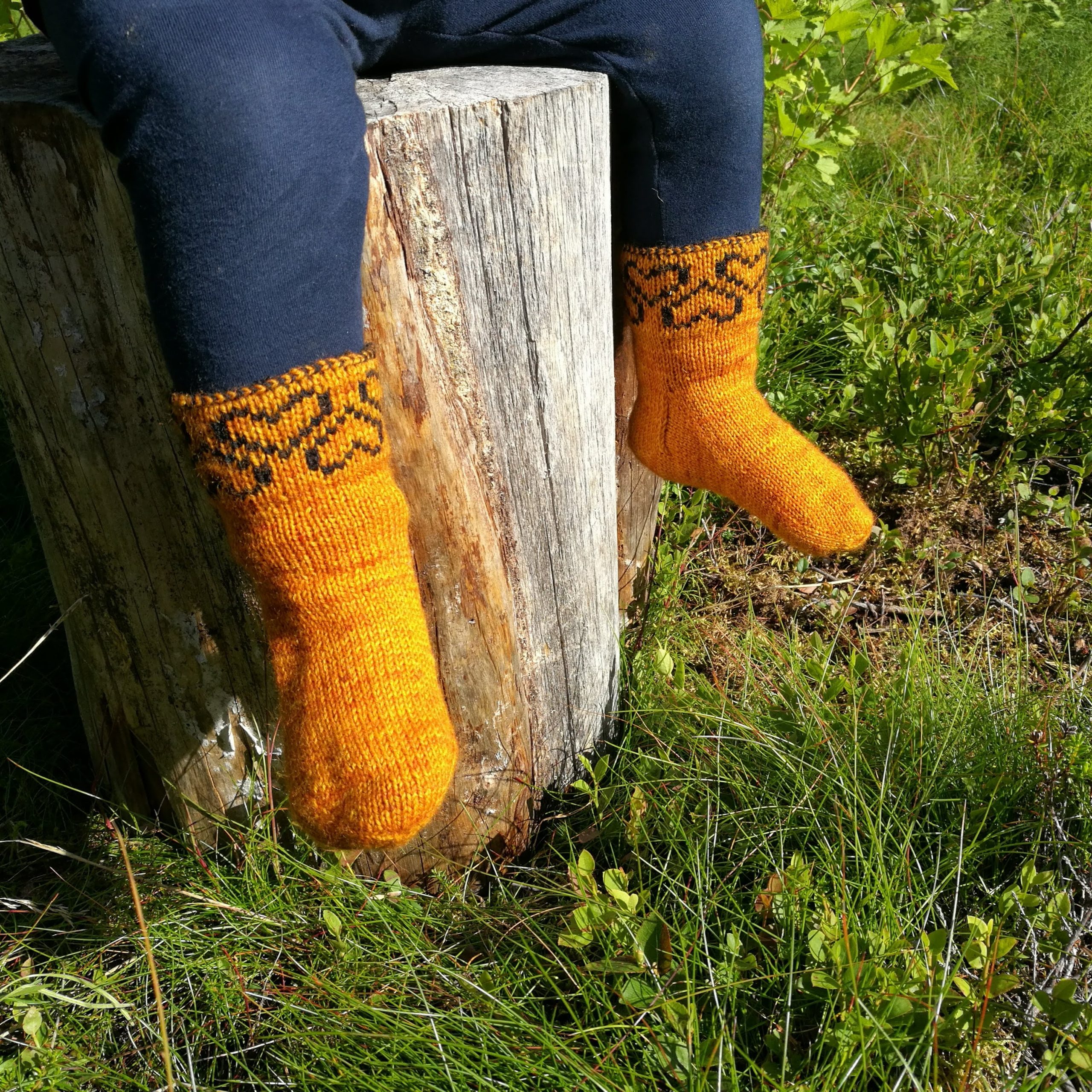

One Response
This is great